Researchers have developed a new method for 3D printing metal that could help reduce costs and make more efficient use of resources.
Tag: Manufacturing
PPPL awarded $5 million to lead an Energy Earthshot Research Center focused on clean hydrogen
PPPL was selected to lead a DOE Energy Earthshot Research Center (EERC) as part of the Hydrogen Shot™, which aims to reduce the cost of hydrogen by 80%.
Mix it, test it, create it: NSF funds automated polymer research instrument at the Beckman Institute
University of Illinois researchers received NSF funding to acquire a fully automated polymer analysis instrument to be housed at the Beckman Institute.
Four firms receive ORNL small business awards
Four firms doing business with the Department of Energy’s Oak Ridge National Laboratory received ORNL Small Business Awards during an awards ceremony on June 29.
Department of Energy Announces $80 Million for Research to Accelerate Innovations in Emerging Technologies
Today, the U.S. Department of Energy (DOE) announced $80 million, provided by the Office of Science, to support fundamental research to drive the innovation cycle in support of the Accelerate Innovations in Emerging Technologies (Accelerate) initiative.

Digital Science acquires knowledge graph and decision intelligence software company metaphacts
Digital Science has completed the acquisition of metaphacts, which has become the newest member of the Digital Science family.
VULCAN forges new science for the future of 3D-printed metal
Oak Ridge National Laboratory researchers have developed a novel experimental platform called OpeN-AM to study additively manufactured metal in real time using beams of neutrons. The experimental system features a robotic arm that 3D-prints metal welds to create complex shapes and objects.
Story tips from the Department of Energy’s Oak Ridge National Laboratory, December 2022
Naturally derived materials fit for 3D printing; Next-gen hydropower starts with testing; Long-haul trucking meets megawatt-scale charging; New insights advance atomic-scale manufacturing
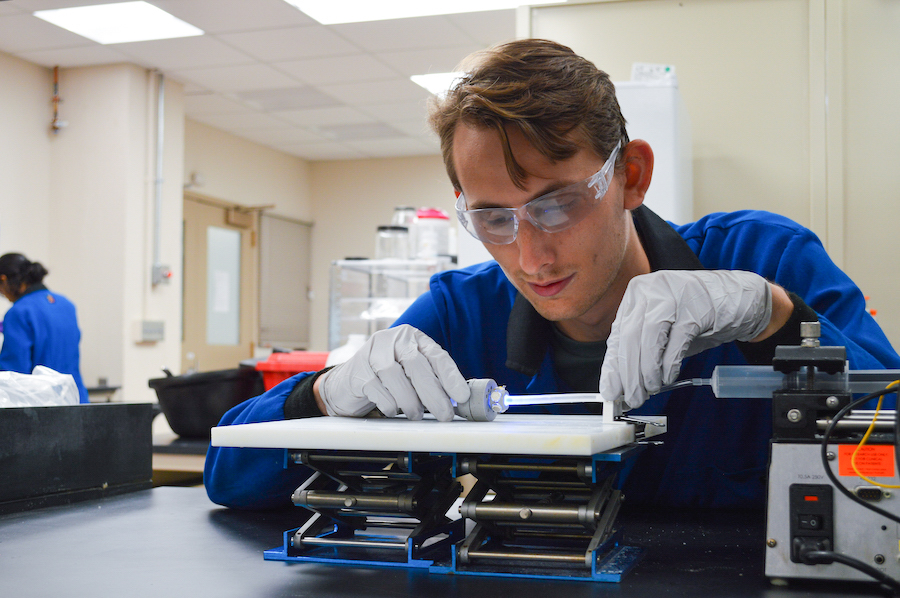
Engineers discover new process for synthetic material growth, enabling soft robots that grow like plants
An interdisciplinary team of University of Minnesota Twin Cities researchers has developed a new, plant-inspired extrusion process that enables synthetic material growth, and the creation of a soft robot that builds its own solid body from liquid to navigate hard-to-reach places and complicated terrain.
Senators, industry leaders discuss the meaning of CHIPS Act to national economy and security
Two panel discussions overviewed the importance of the new $52-billion CHIPS and Science Act as a catalyst for improving American research, manufacturing, workforce development and national security related to semiconductors. The event was hosted by Arizona State University and the Washington Business Journal on Sept. 22 in Washington, D.C.
Pitt is the only university in the U.S. with this giant 3D printer for metal
The University of Pittsburgh is in exclusive company with a new state-of-the-art technology — the first Gefertec arc605 3D printer at any university in the U.S, thanks to funding from the Department of Energy and U.S. Army. The printer makes use of welding, melting wire made from metals like stainless steel, titanium and aluminum alloys and depositing it layer by layer. Pitt’s new Gefertec arc605 is much faster than previous metal 3D printers, which used lasers and metal powder.
Apprentices hone their writing, speaking skills through ISU-John Deere partnership
Through a partnership with John Deere, faculty in ISU’s English Department are helping high school apprentices sharpen their writing and speaking skills through a four-week communications training in Davenport, Waterloo and East Moline, Illinois.
Department of Energy Announces $78 Million for Research in High Energy Physics
Today, the U.S. Department of Energy (DOE) announced $78 million in funding for 58 research projects that will spur new discoveries in high energy physics. The projects—housed at 44 colleges and universities across 22 states—are exploring the fundamental science about the universe that also underlies technological advancements in medicine, computing, energy technologies, manufacturing, national security, and more.

Case Western Reserve University team leads federally funded effort to generate manufacturing technology roadmap
The U.S. Department of Commerce’s National Institute of Standards and Technology (NIST) recently awarded a combined $2.08 million to seven organizations in six states to develop “manufacturing technology roadmaps.”
B-Roll from Louisiana-Based PPE Factory
Facility footage from SafeSource Direct in Broussard, La., where personal protection equipment (PPE) is manufactured. It’s been one year since Ochsner Health, Louisiana’s leading healthcare system, partnered with Trax Development on a joint venture to create SafeSource Direct, making it the only U.S. provider-owned PPE manufacturer with U.S. provider-owned quality control.
New scalable method resolves materials joining in solid-state batteries
Scientists at the Department of Energy’s Oak Ridge National Laboratory have developed a scalable, low-cost method to improve the joining of materials in solid-state batteries, resolving one of the big challenges in the commercial development of safe, long-lived energy storage systems.
Breakthrough research makes battery recycling more economical
Researchers at the nation’s first advanced battery recycling research and development center have made a pivotal discovery that removes one of the biggest hurdles standing in the way of making recycling lithium-ion batteries economically viable.
New $3 million National Science Foundation center aims to connect materials data science research to industry
Case Western Reserve University and the University of Pittsburgh will launch a joint center this fall that uses cutting edge data-science and materials research to help companies make more reliable and durable products.
The Center for Materials Data Science for Reliability and Degradation (MDS-Rely) is a $3 million center supported by a $1.5 million grant from the National Science Foundation (NSF) .
Phase Holographic Imaging Supports New RegeneratOR Test Bed with Label Free Non-destructive Live Cell Imaging
Phase Holographic Imaging is collaborating with the RegeneratOR Test Bed, a new regenerative medicine endeavor in North Carolina, by providing its technology to help support start-up companies in the regenerative medicine space.
Bubbling to the surface: WVU engineers develop new geothermal energy technology
As part of the American-Made Geothermal Manufacturing Prize competition, a challenge designed to spur innovation and address manufacturing challenges in geothermal environments, associate professor Terence Musho and Berry Chair Emeritus Nigel Clark in West Virginia University’s Statler College of Engineering and Mineral Resources, have developed a new airlift approach to optimize current geothermal pump technologies.
More than 1.3 million jobs, $82 billion in wages directly tied to Great Lakes
The Great Lakes support more than 1.3 million jobs that generate $82 billion in wages annually, according to a new analysis of 2018 economic data by Michigan Sea Grant.
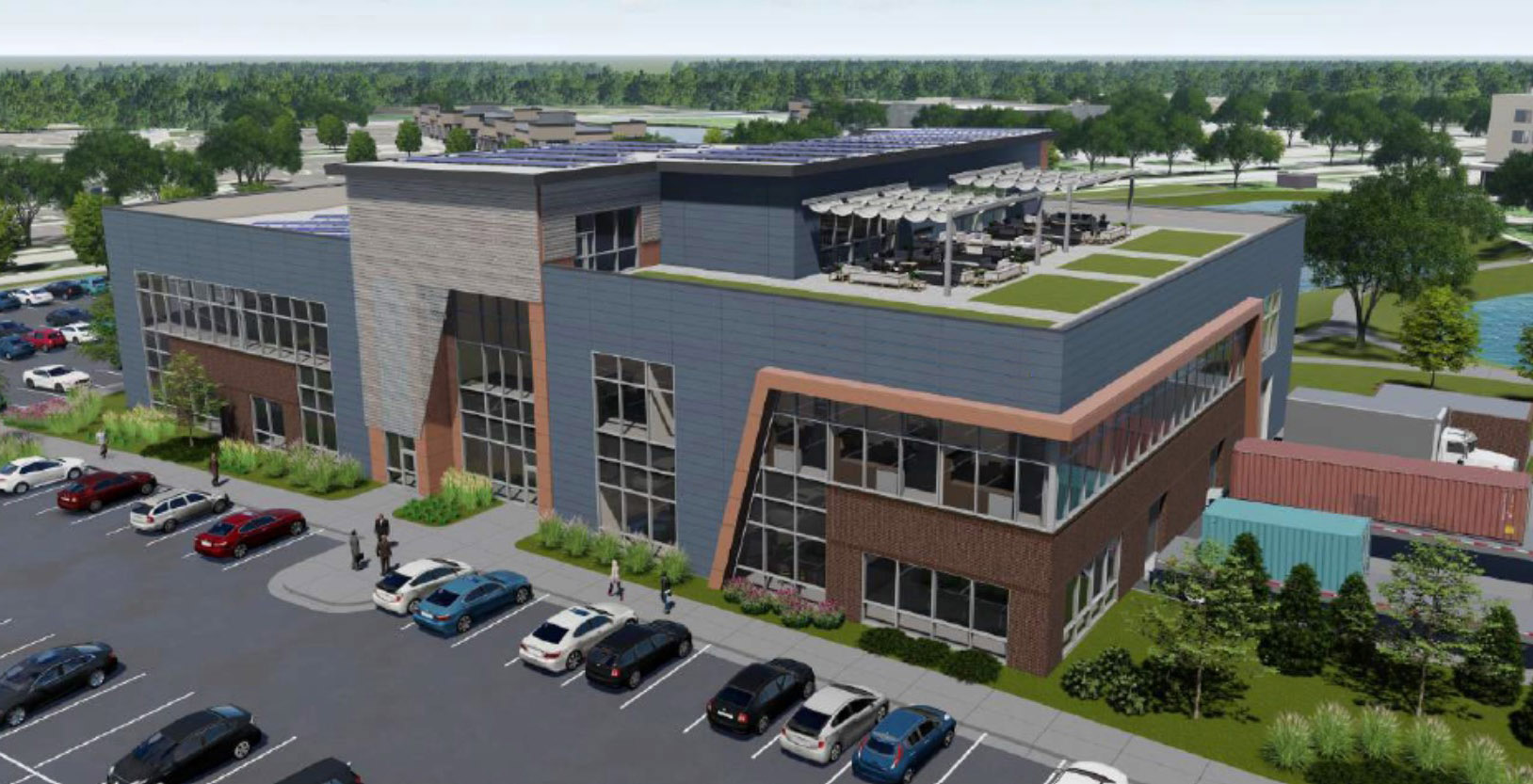
Deloitte and Wichita State University join forces to launch new Smart Factory
Deloitte and Wichita State University today announced the launch of The Smart Factory @ Wichita, a groundbreaking and immersive experiential learning environment that will accelerate the future of manufacturing as innovation and new technologies continue to reshape operations and the modern enterprise.
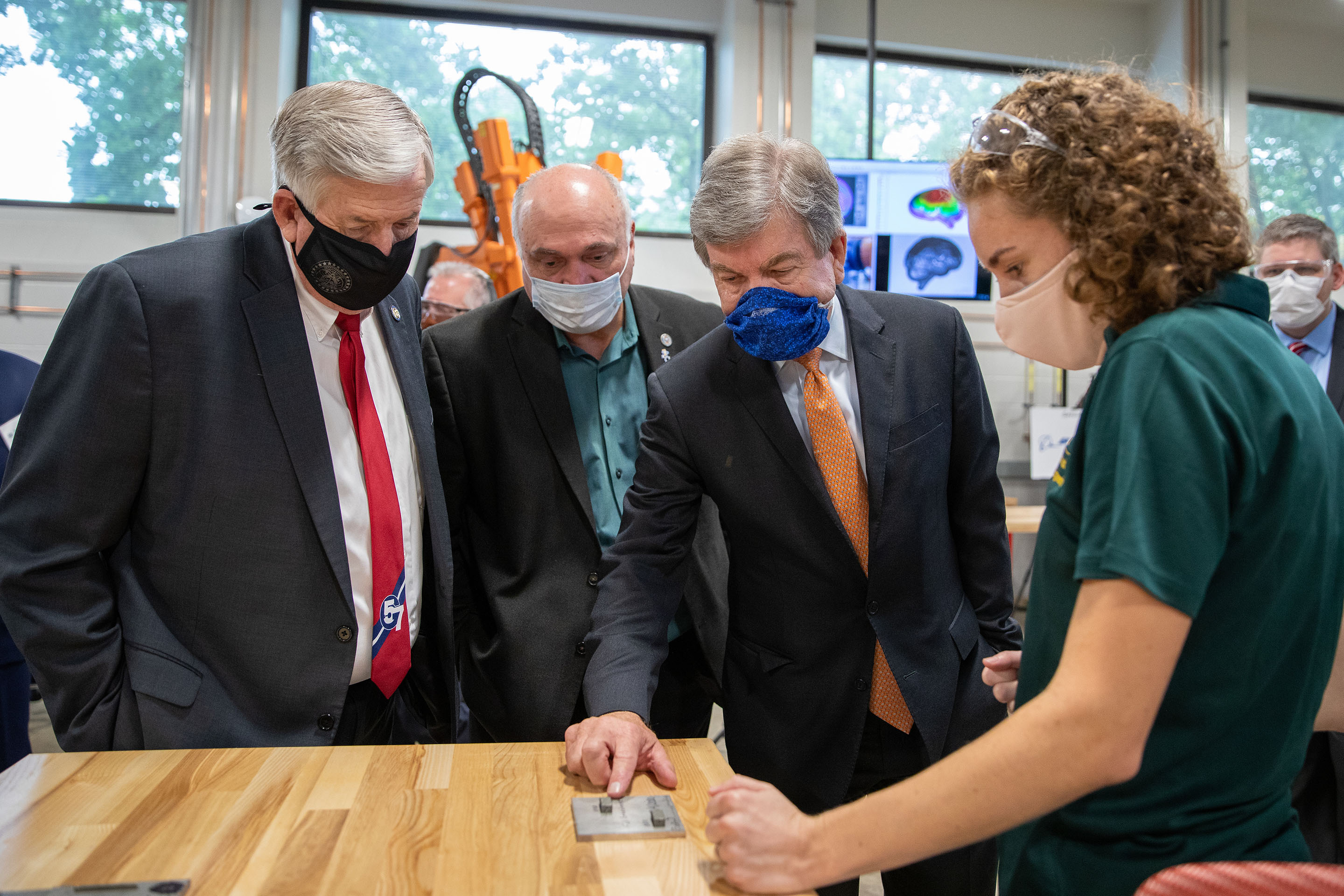
Missouri S&T research symposium highlights state’s manufacturing capabilities
Missouri University of Science and Technology brought together university researchers, industry experts and government leaders Thursday, Sept. 3, for a research symposium that highlighted the state’s manufacturing capabilities.

Hospitals, manufacturers partner with Sandia amid high demand for medical-grade masks
Sandia National Laboratories is teaming with local hospitals and medical device manufacturers to increase the availability of respirator masks for health care workers.
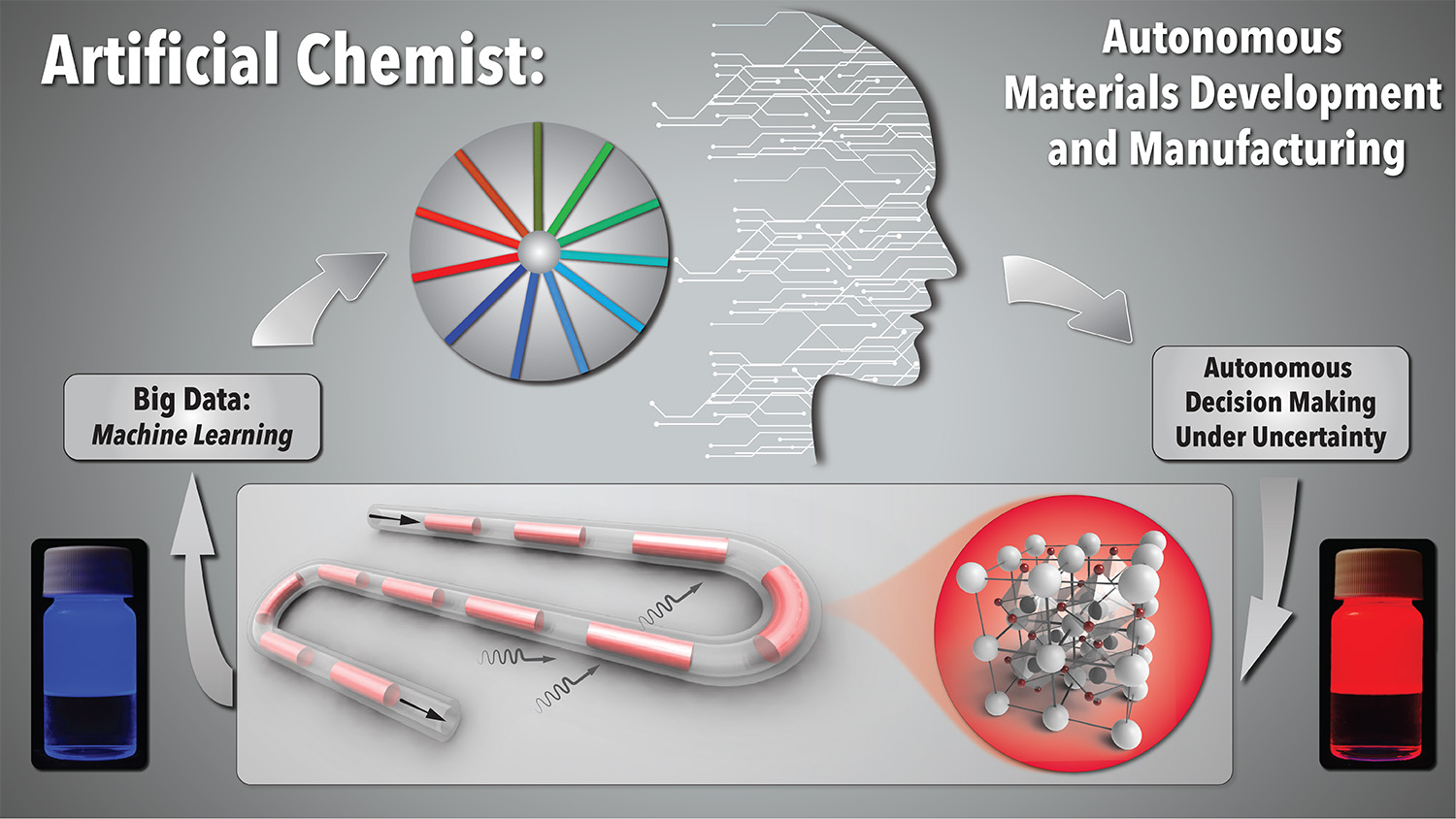
‘Artificial Chemist’ Combines AI, Robotics to Conduct Autonomous R&D
Researchers have developed a technology called “Artificial Chemist,” which incorporates artificial intelligence and an automated system for performing chemical reactions to accelerate R&D and manufacturing of commercially desirable materials.
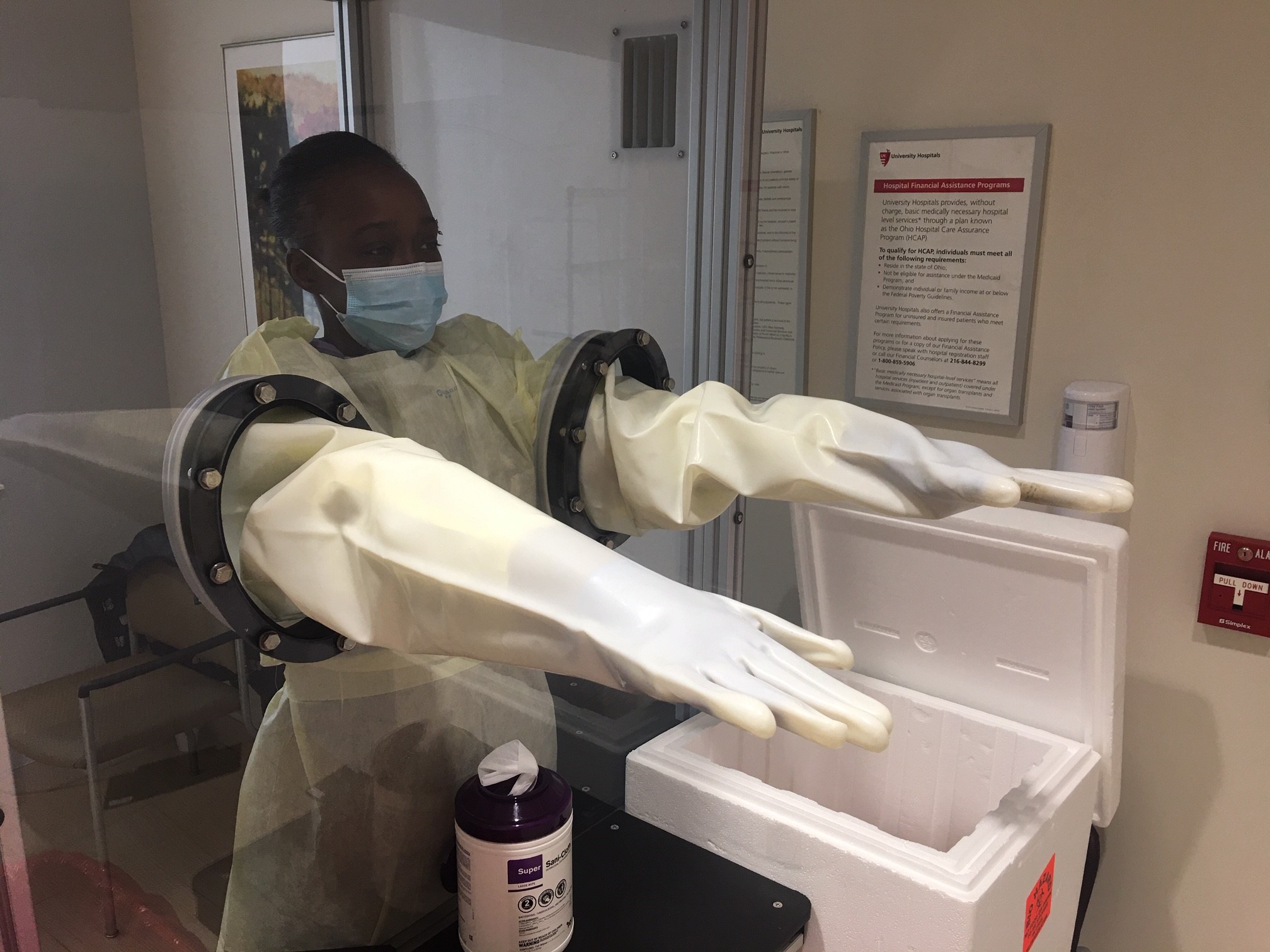
MAGNET Delivers Improved COVID-19 Testing Platform in Partnership with University Hospitals and the Ohio Manufacturing Alliance
The Manufacturing Advocacy and Growth Network (MAGNET), in collaboration with University Hospitals and The Ohio Manufacturing Alliance to Fight COVID-19, has developed a new, protective testing platform for health care workers assessing the spread of COVID-19. Health care experts at University Hospitals and UH Ventures, their innovation and commercialization division, believe these specially designed barriers could decrease the need for valuable Personal Protective Equipment (PPE), speed up the testing process, and better protect frontline health care workers.
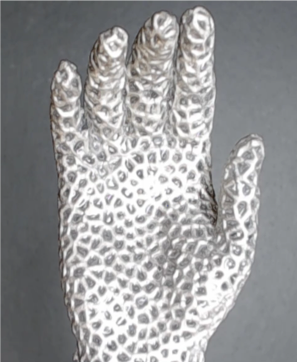
Liquid metal research invokes ‘Terminator’ film — but much friendlier
Researchers at Binghamton University, State University of New York have developed “the first liquid metal lattice in the world.” The team has created a series of prototypes that return to their shapes when crushed.

On Campus and At Homes, New Approaches to Manufacturing Protective Equipment Being Developed
From a variety of locations in the Capital Region, and throughout the country, Rensselaer Polytechnic Institute faculty, students, and staff are pressing their knowledge and machinery to work making personal protective equipment for those on the front lines of the pandemic.
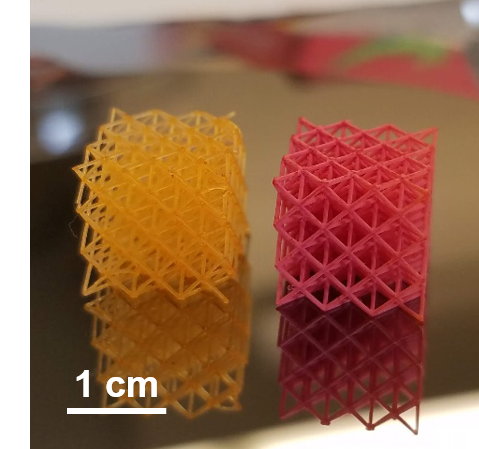
A Great New Way to Paint 3D-Printed Objects
Rutgers engineers have created a highly effective way to paint complex 3D-printed objects, such as lightweight frames for aircraft and biomedical stents, that could save manufacturers time and money and provide new opportunities to create “smart skins” for printed parts. The findings are published in the journal ACS Applied Materials & Interfaces.
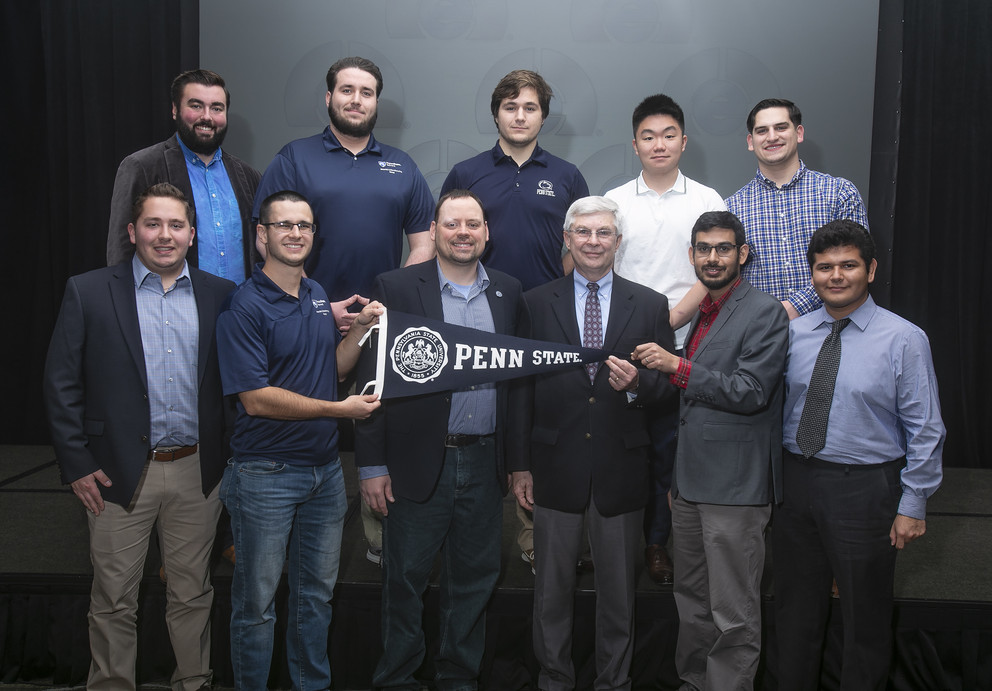
Team of engineering researchers to help improve Pennsylvania’s foundries
A team of Penn State engineering faculty and students is working with small-to-medium-sized foundries across Pennsylvania to aid in the transition away from using harmful silica sands in the metal casting process and to reduce costs through 3D printing.
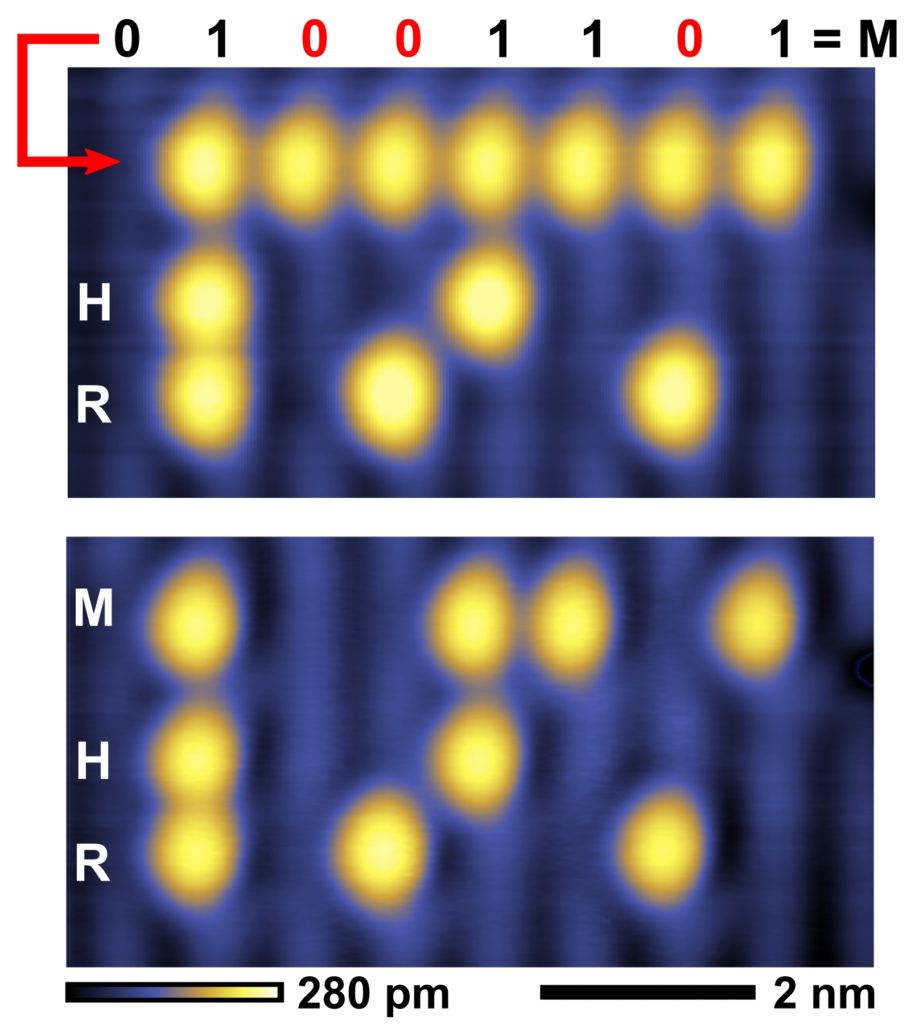
Atomic-scale manufacturing method could enable ultra-efficient computers
Researchers reporting in ACS Nano have developed a new manufacturing process that could enable ultra-efficient atomic computers that store more data and consume 100 times less power.
Nature might be better than tech at reducing air pollution
Adding plants and trees to the landscapes near factories and other pollution sources could reduce air pollution by an average of 27 percent, new research suggests.
The study shows that plants – not technologies – may also be cheaper options for cleaning the air near a number of industrial sites, roadways, power plants, commercial boilers and oil and gas drilling sites.
In fact, researchers found that in 75 percent of the counties analyzed, it was cheaper to use plants to mitigate air pollution than it was to add technological interventions – things like smokestack scrubbers – to the sources of pollution.
ORNL develops, deploys AI capabilities across research portfolio
To accelerate promising artificial intelligence applications in diverse research fields, ORNL has established a labwide AI Initiative. This internal investment brings the lab’s AI expertise, computing resources and user facilities together to facilitate analyses of massive datasets.
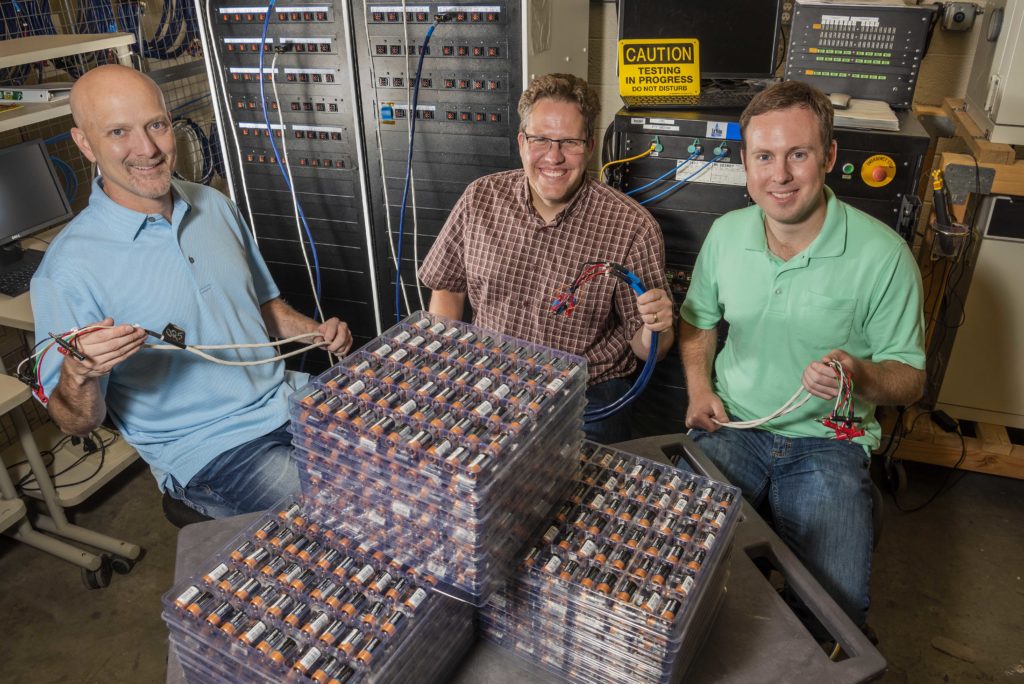
Sandia Labs manufacturing spinoff steps into national market
For 25 years, ESTT has promoted the creation of innovative small businesses by allowing staff to leave the labs with a guaranteed job waiting if they return within two years. Spinoff tech companies such as AMPS create high-paying jobs that help stimulate local economies.